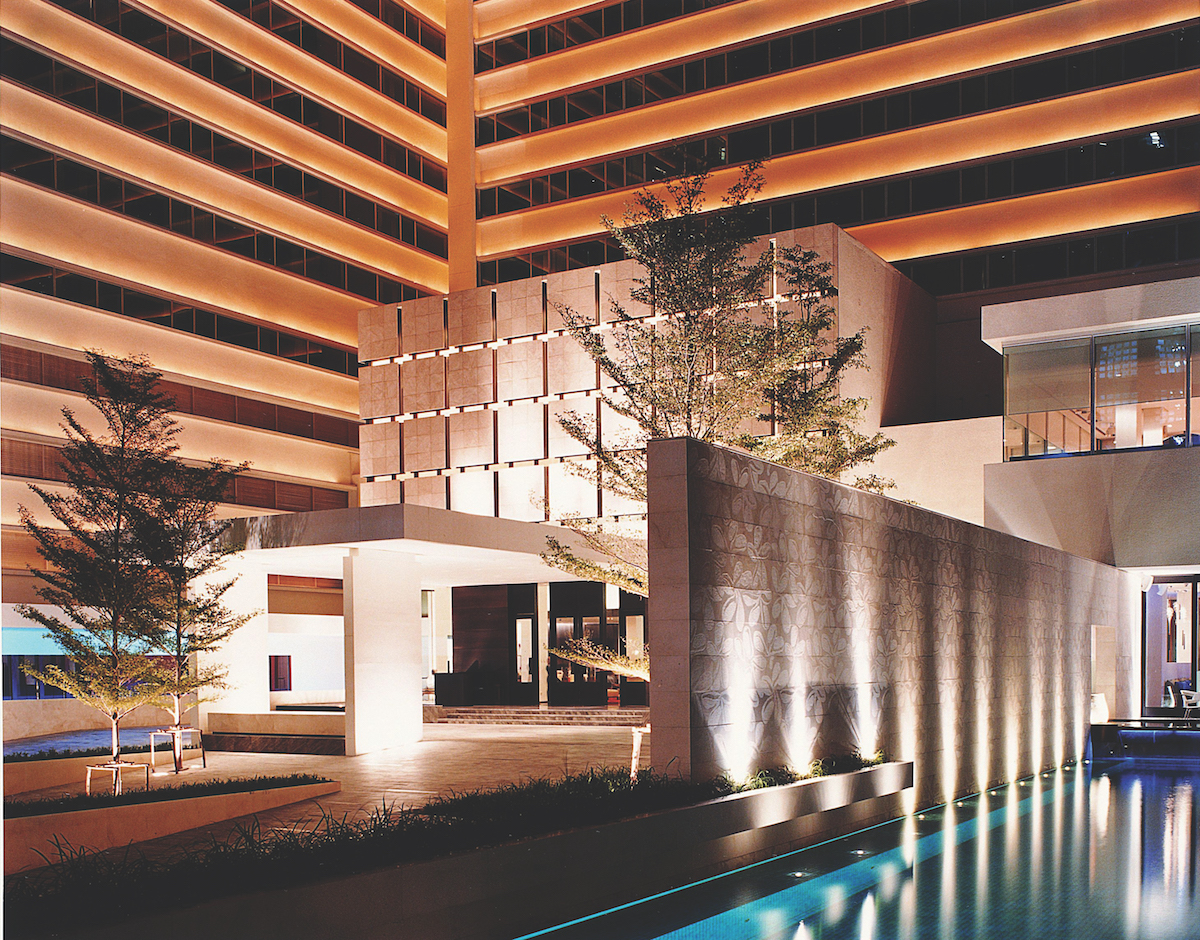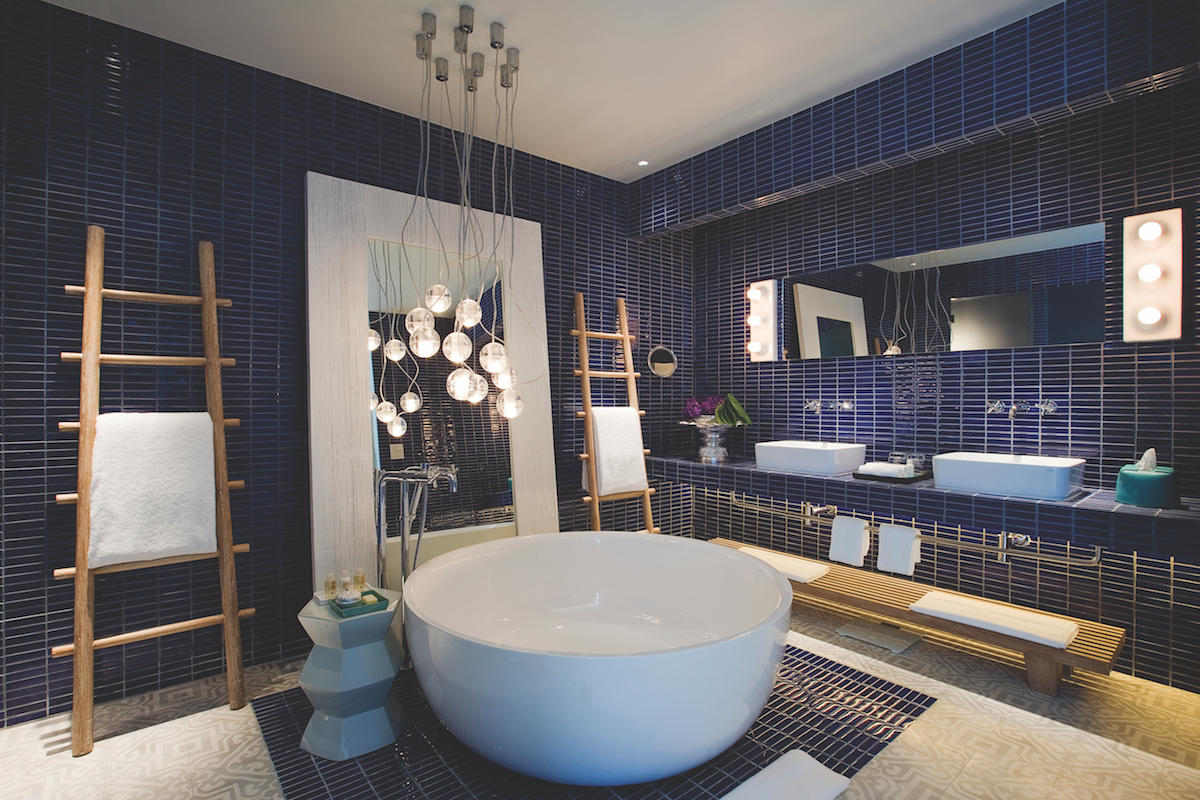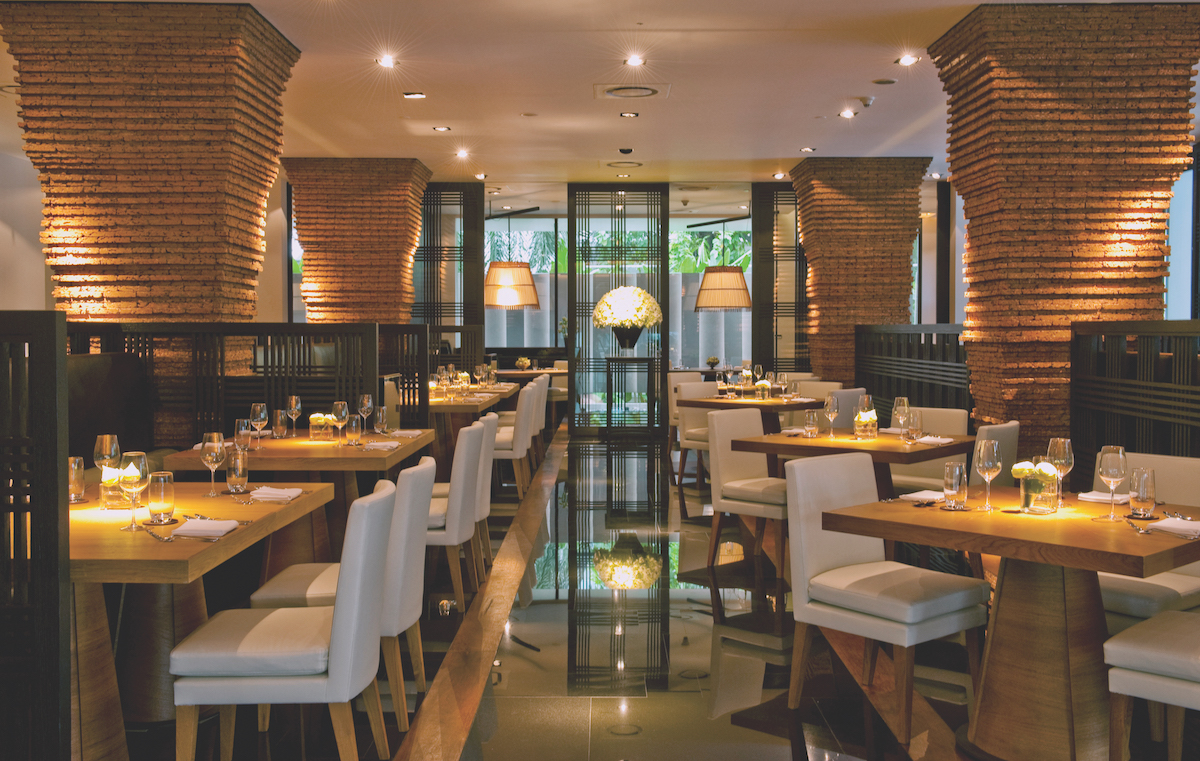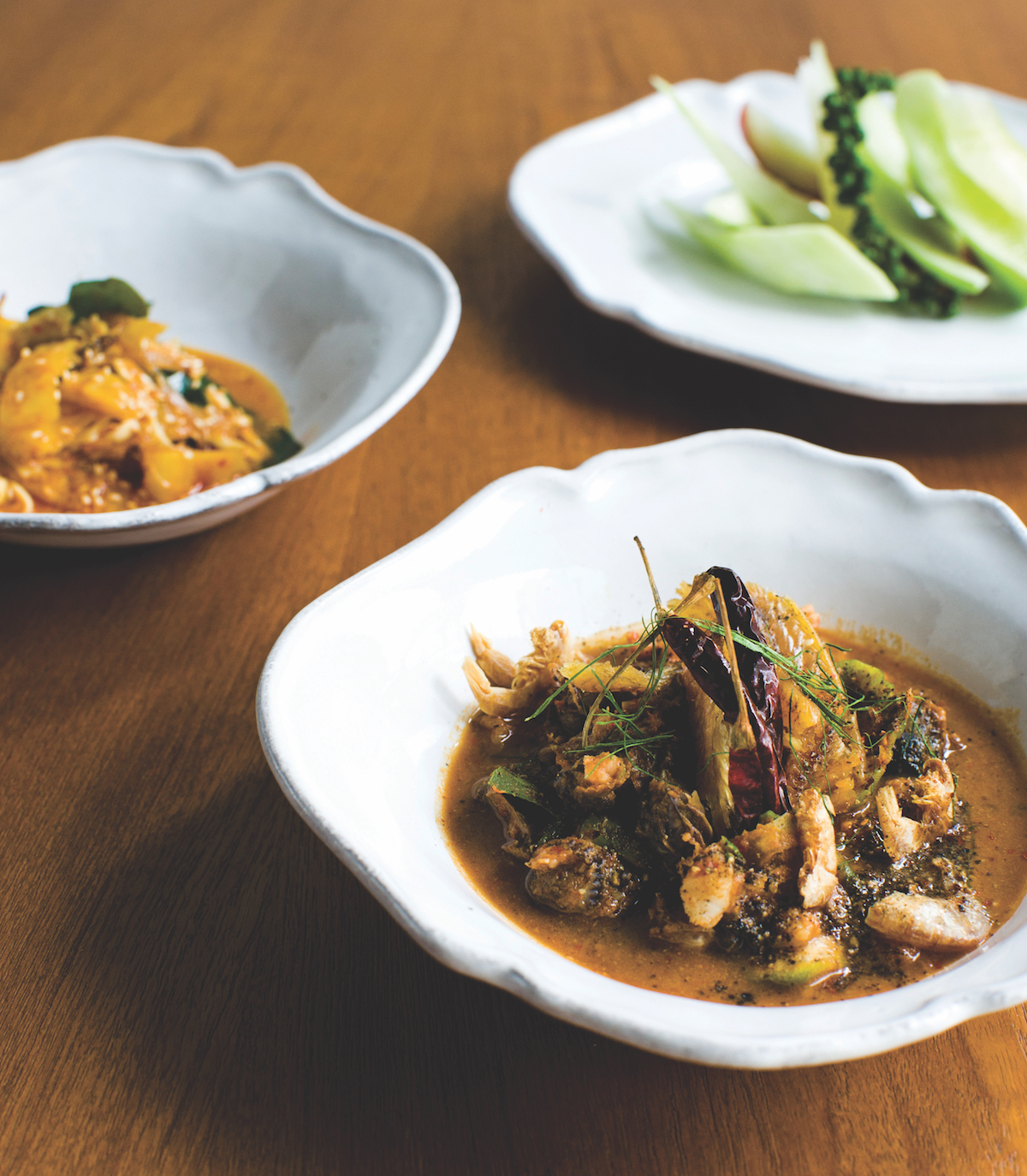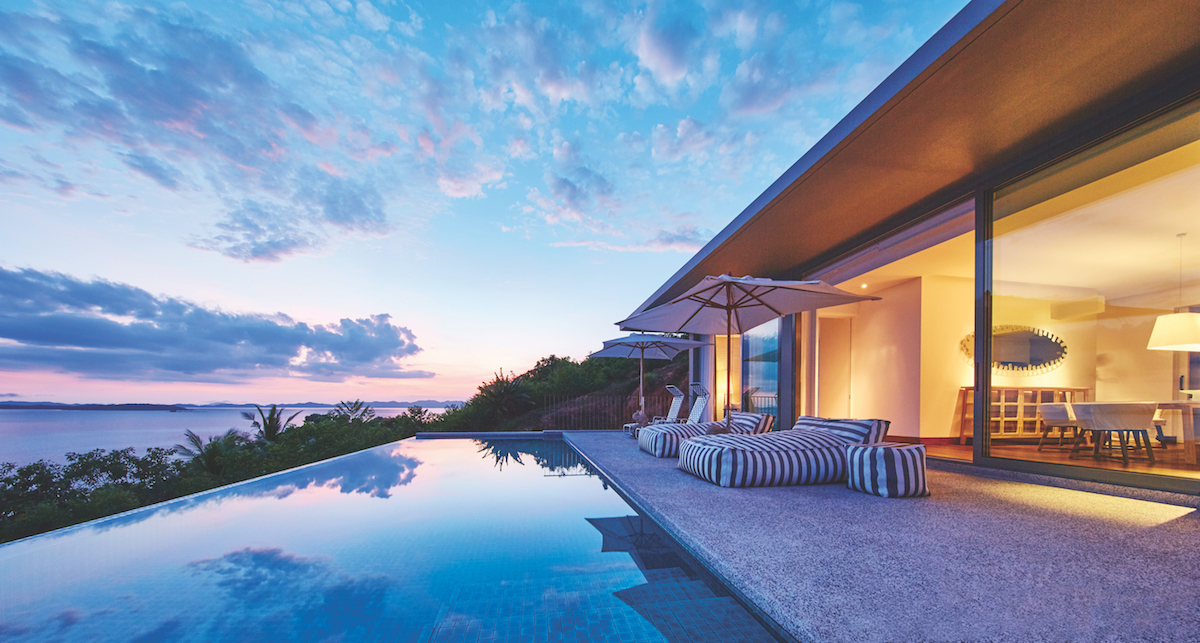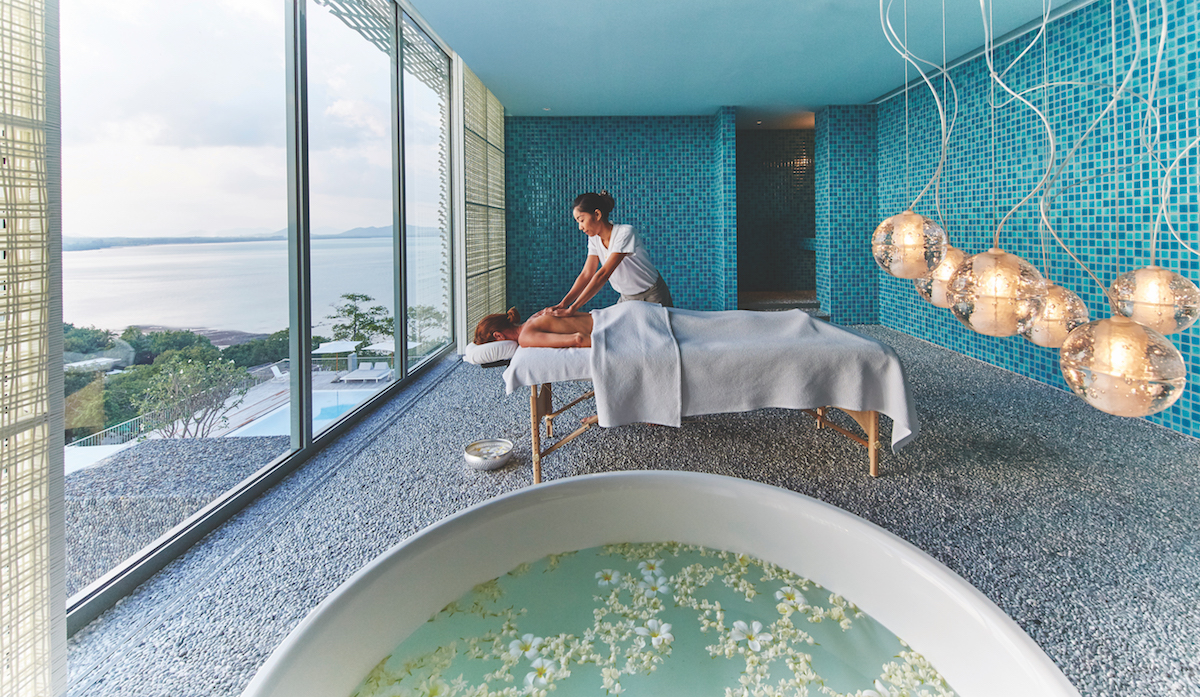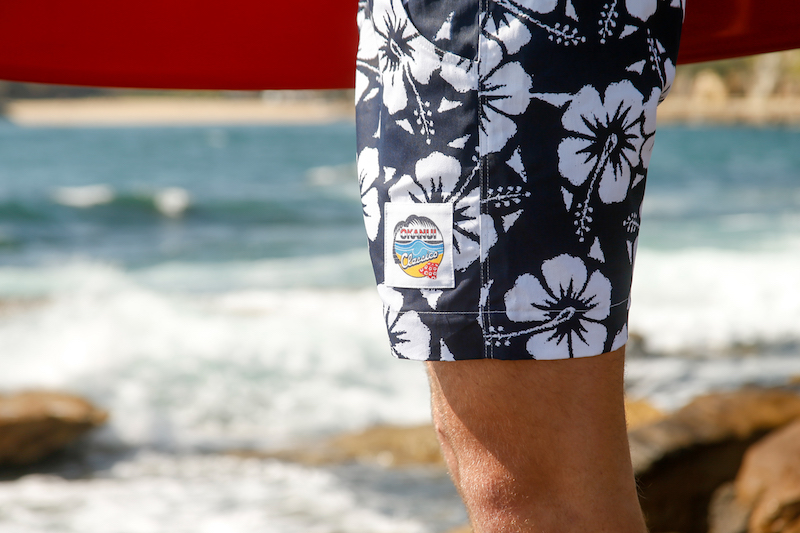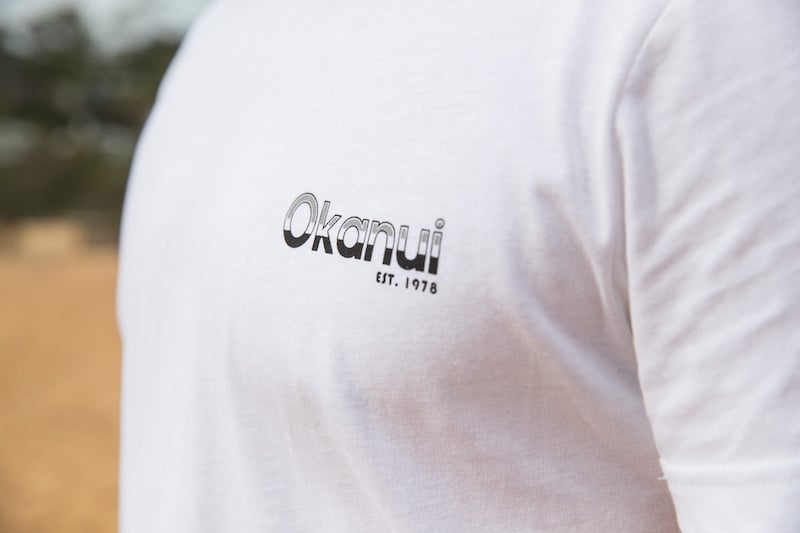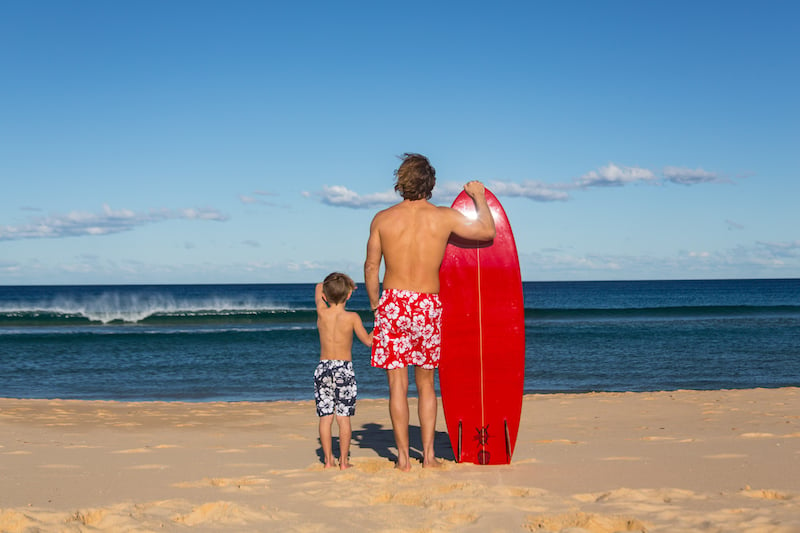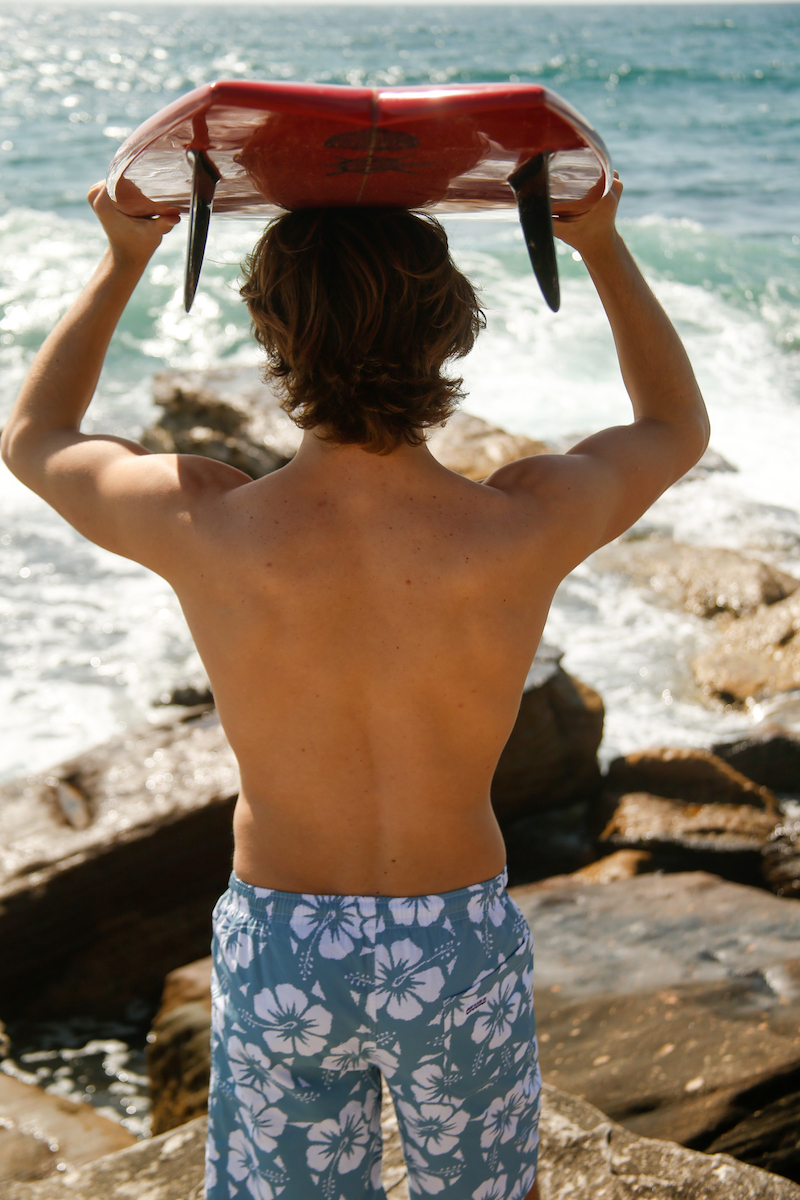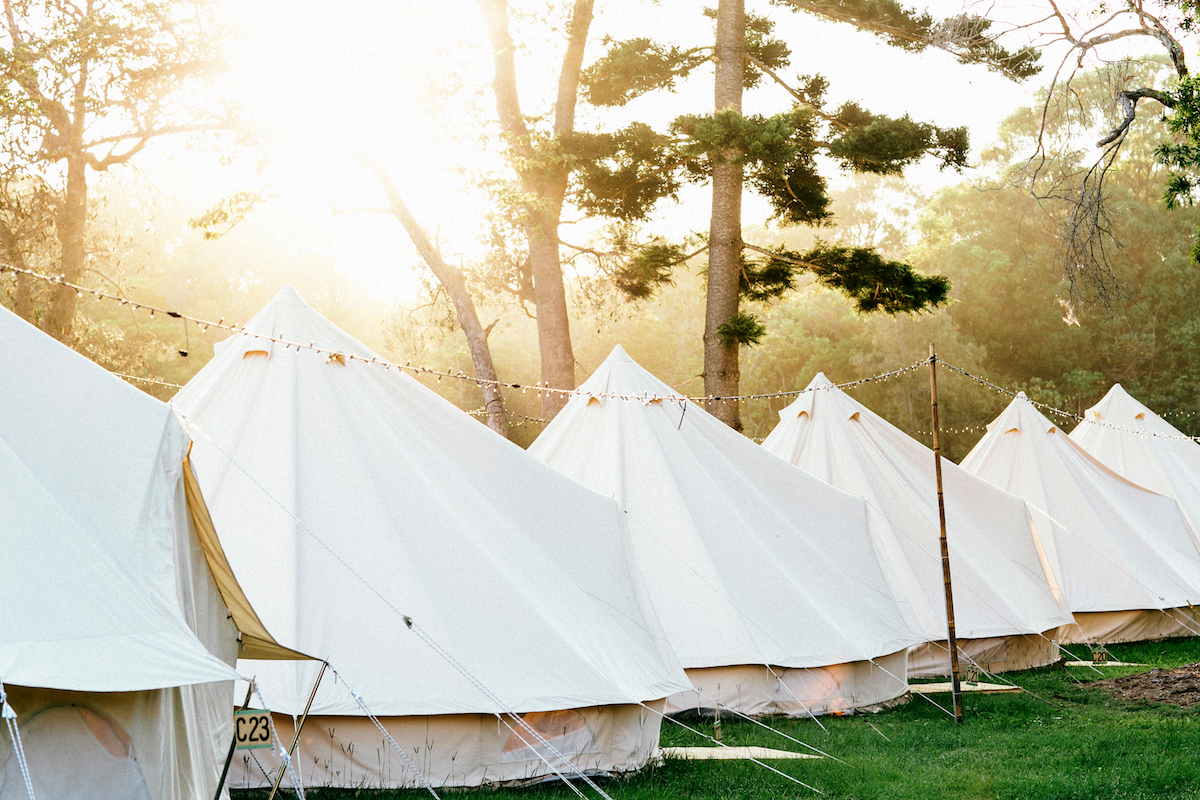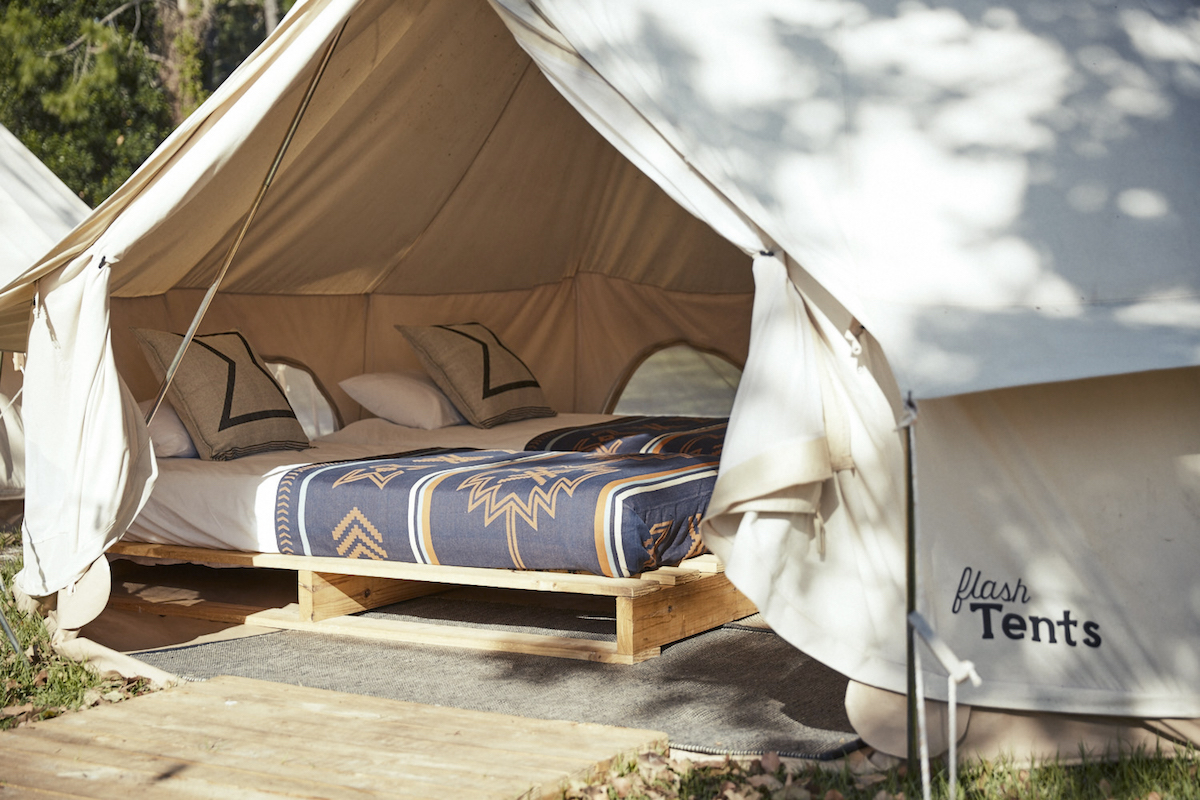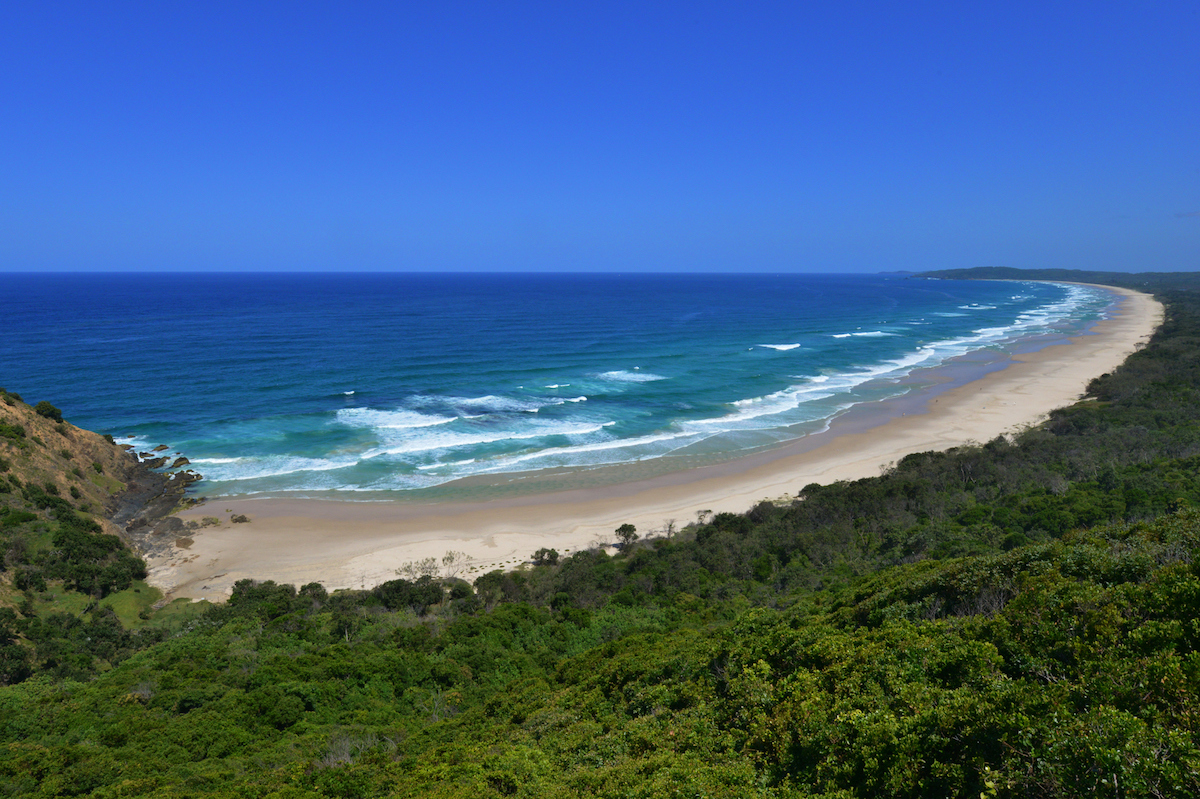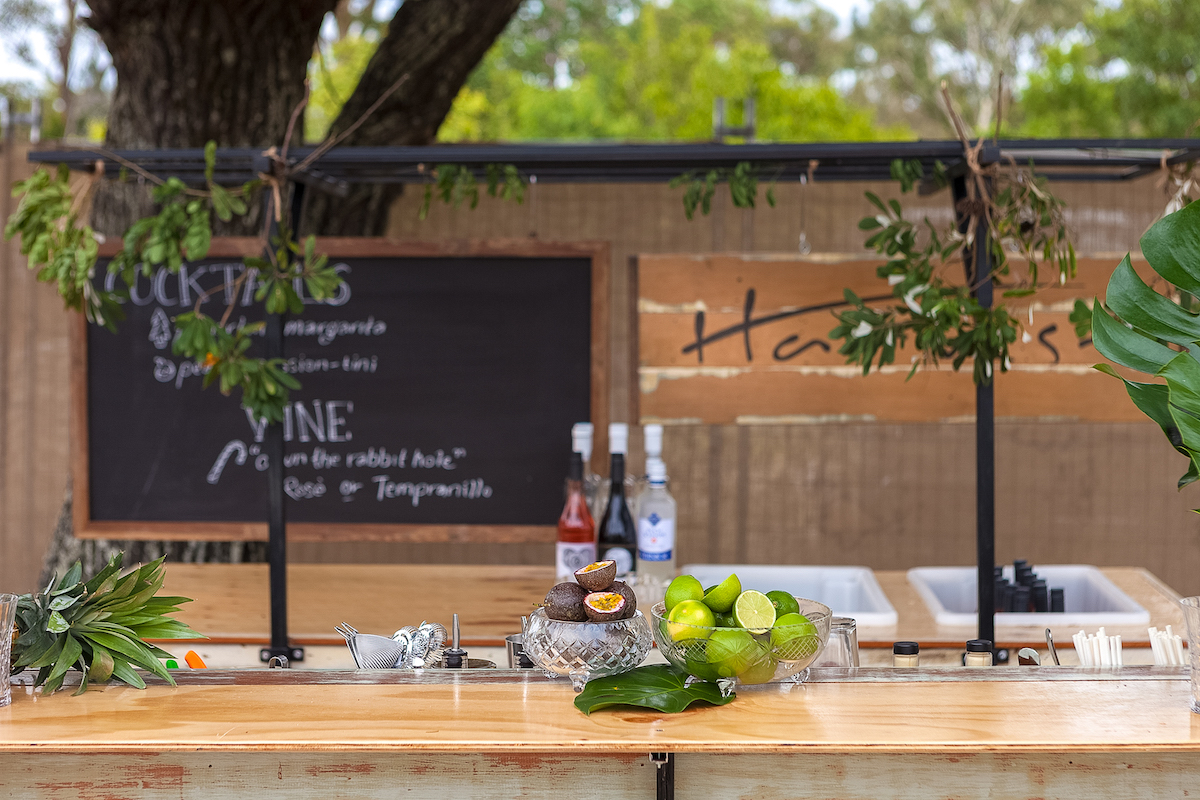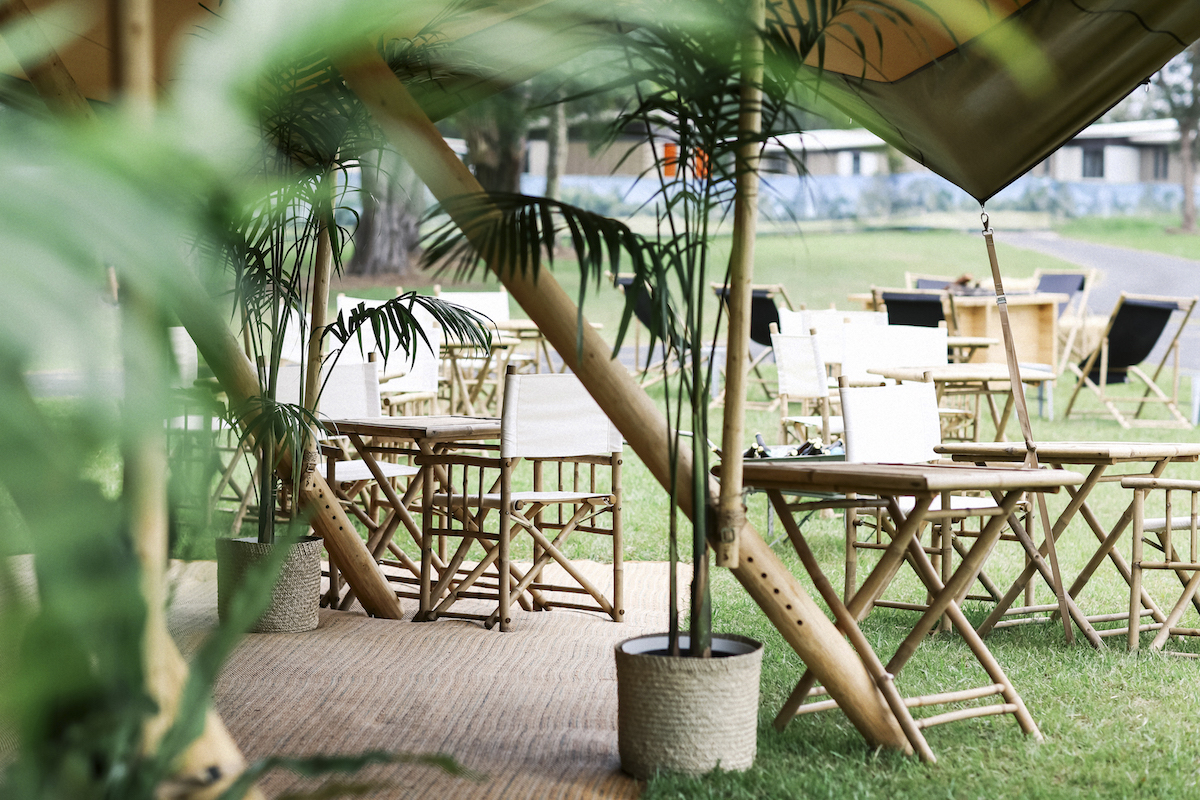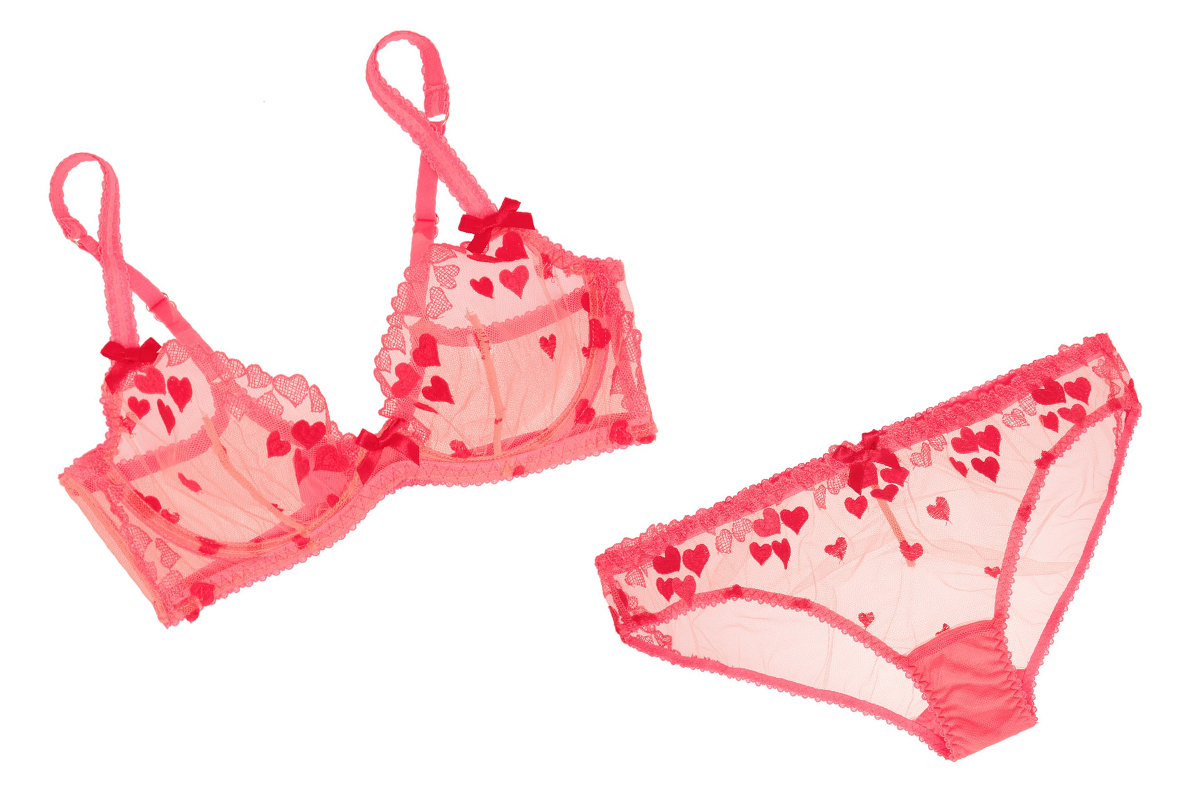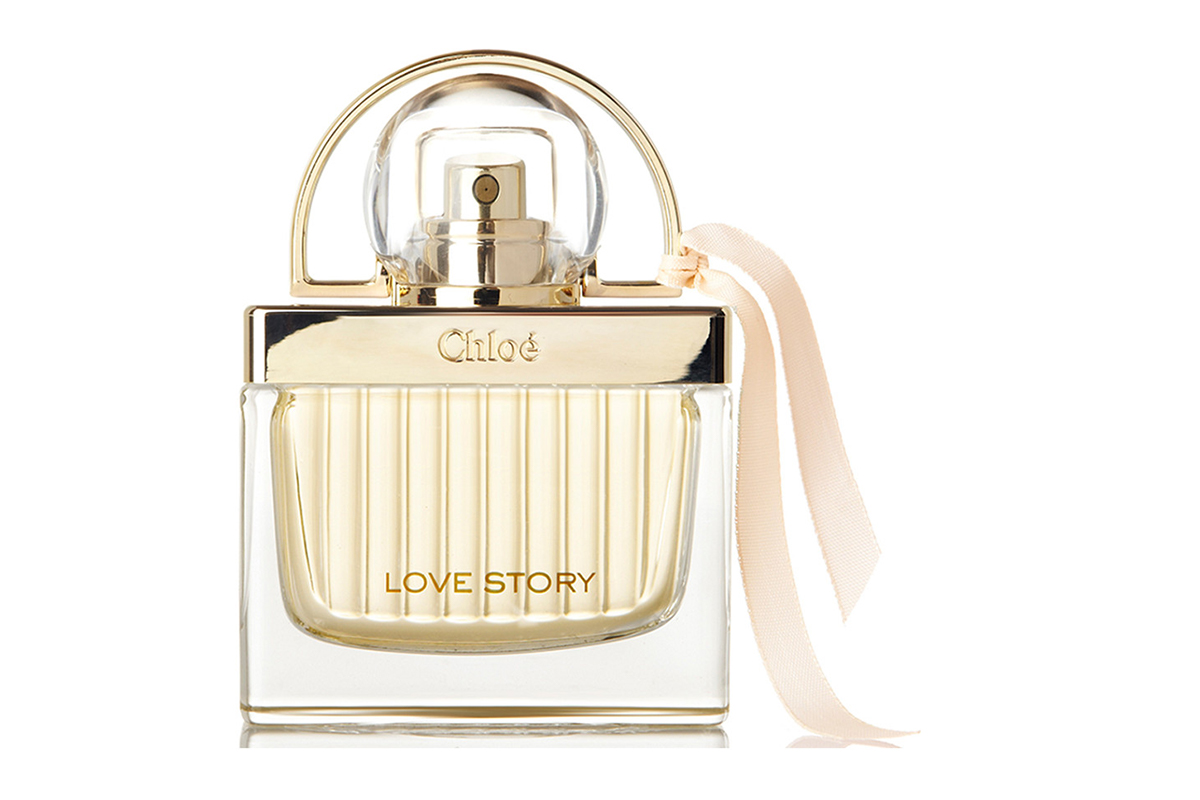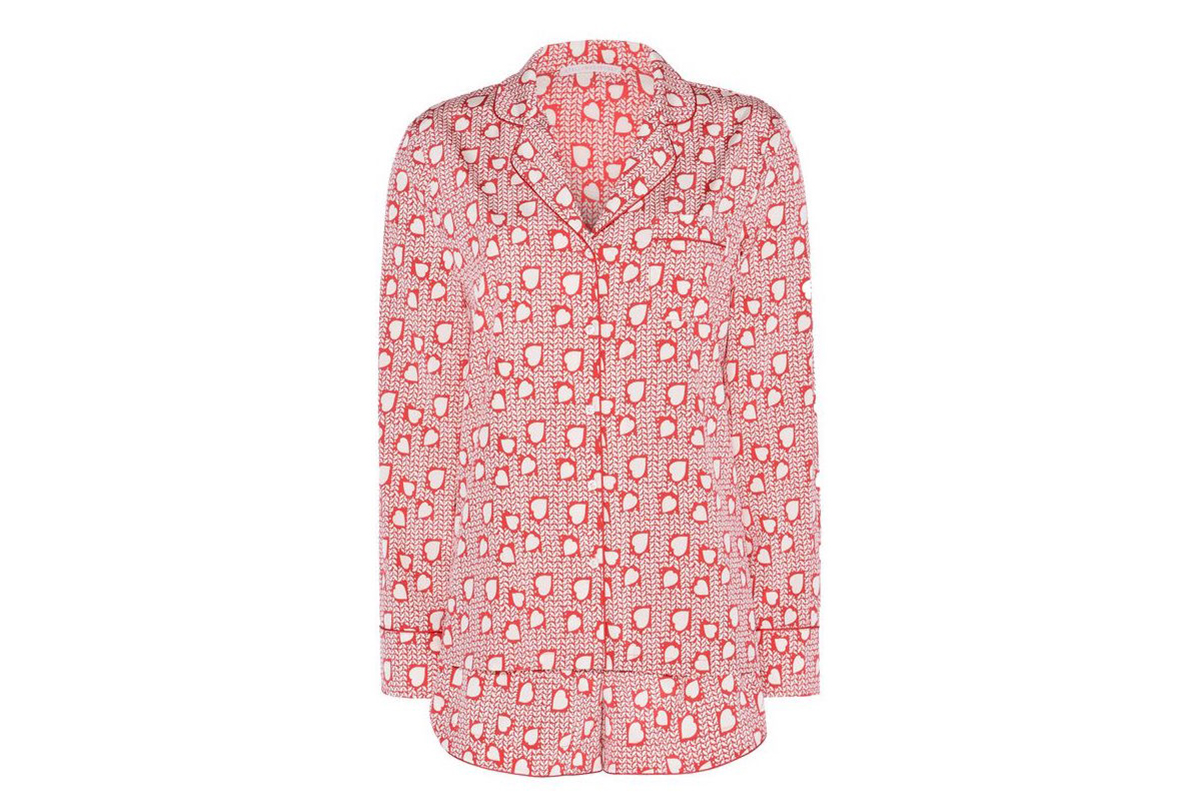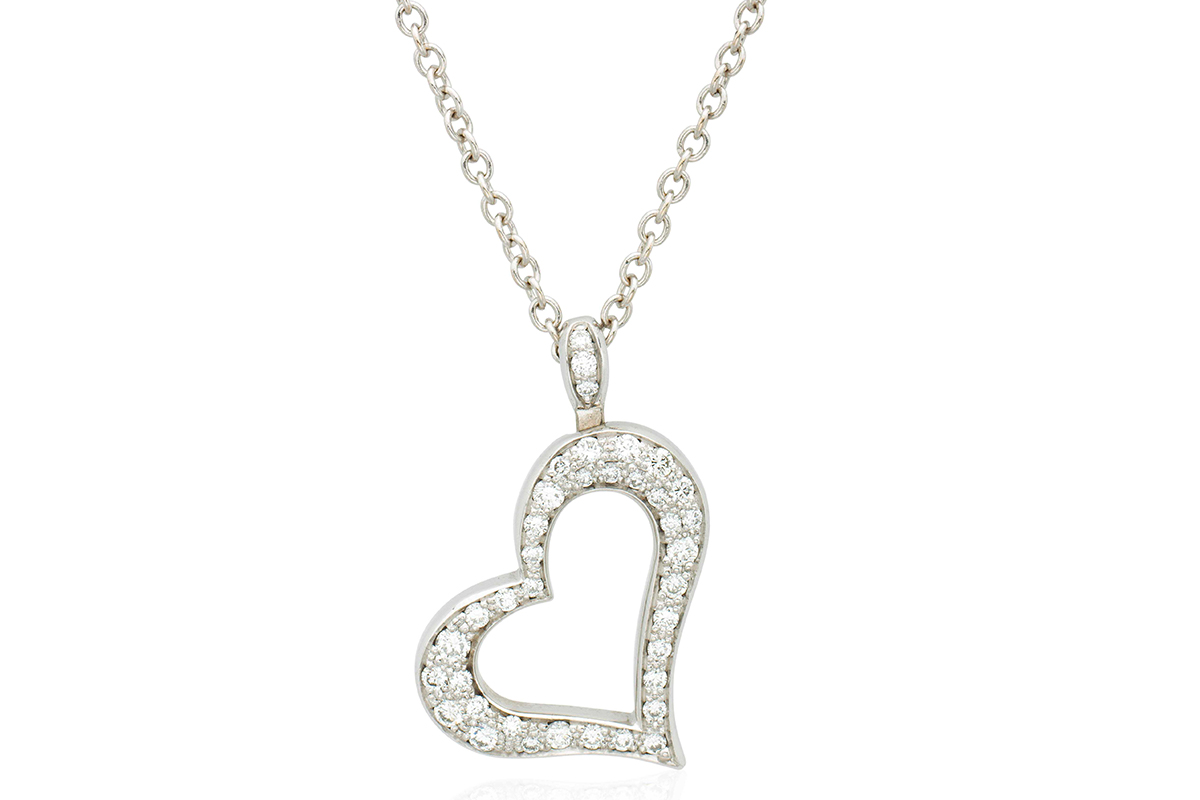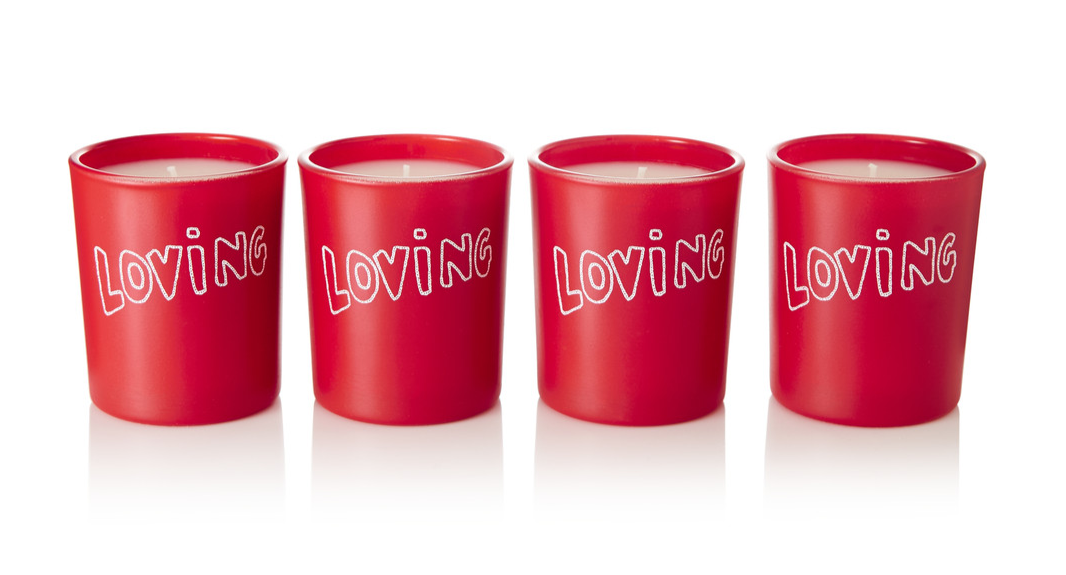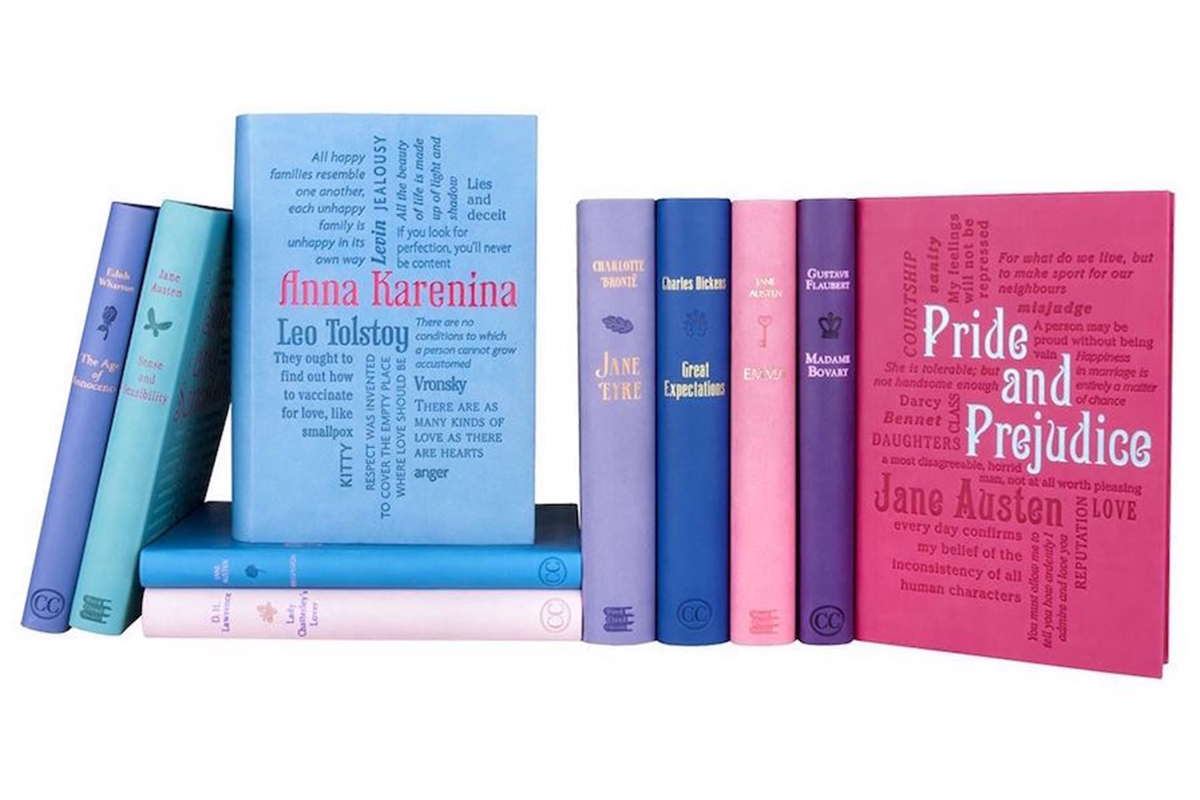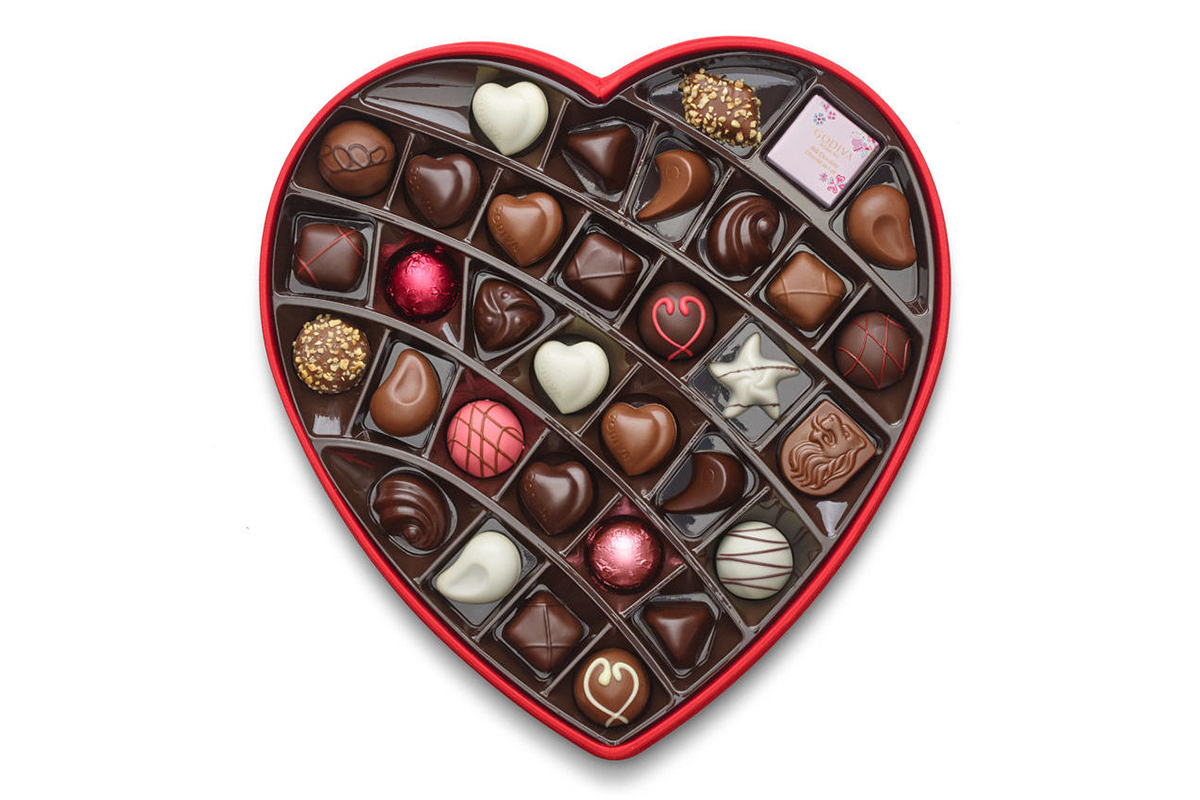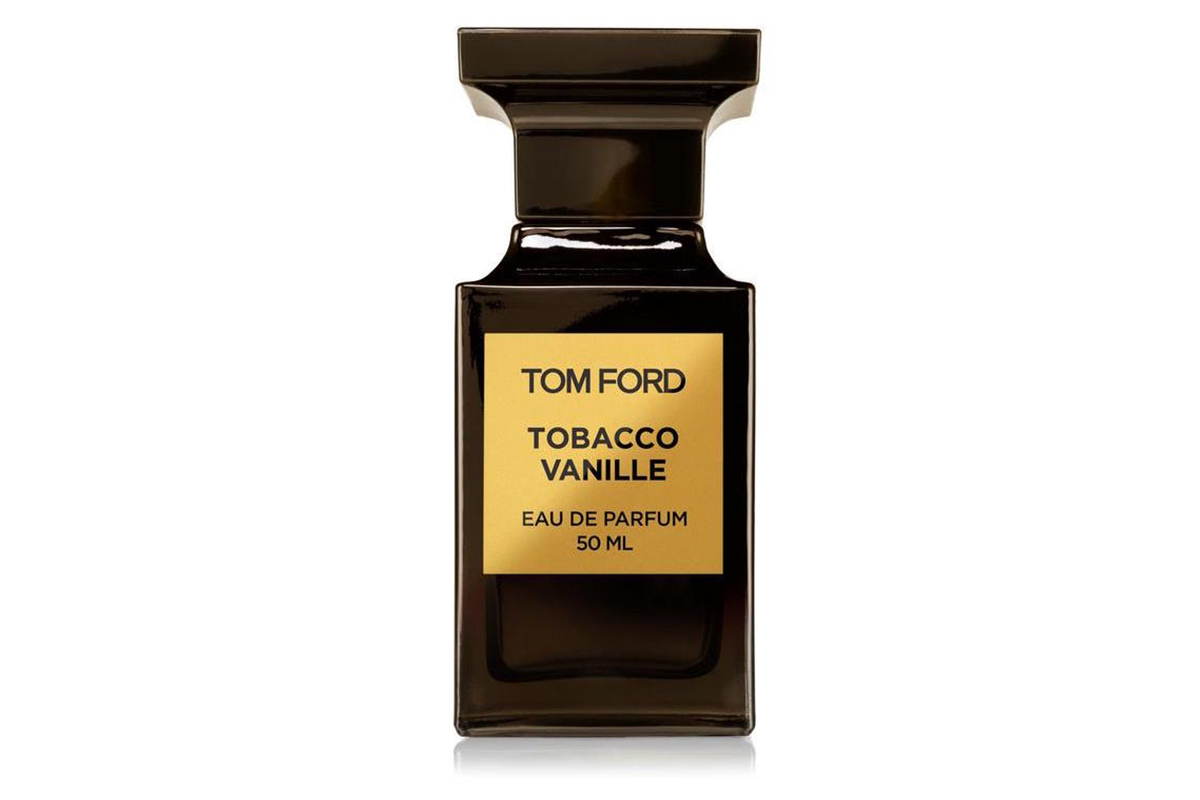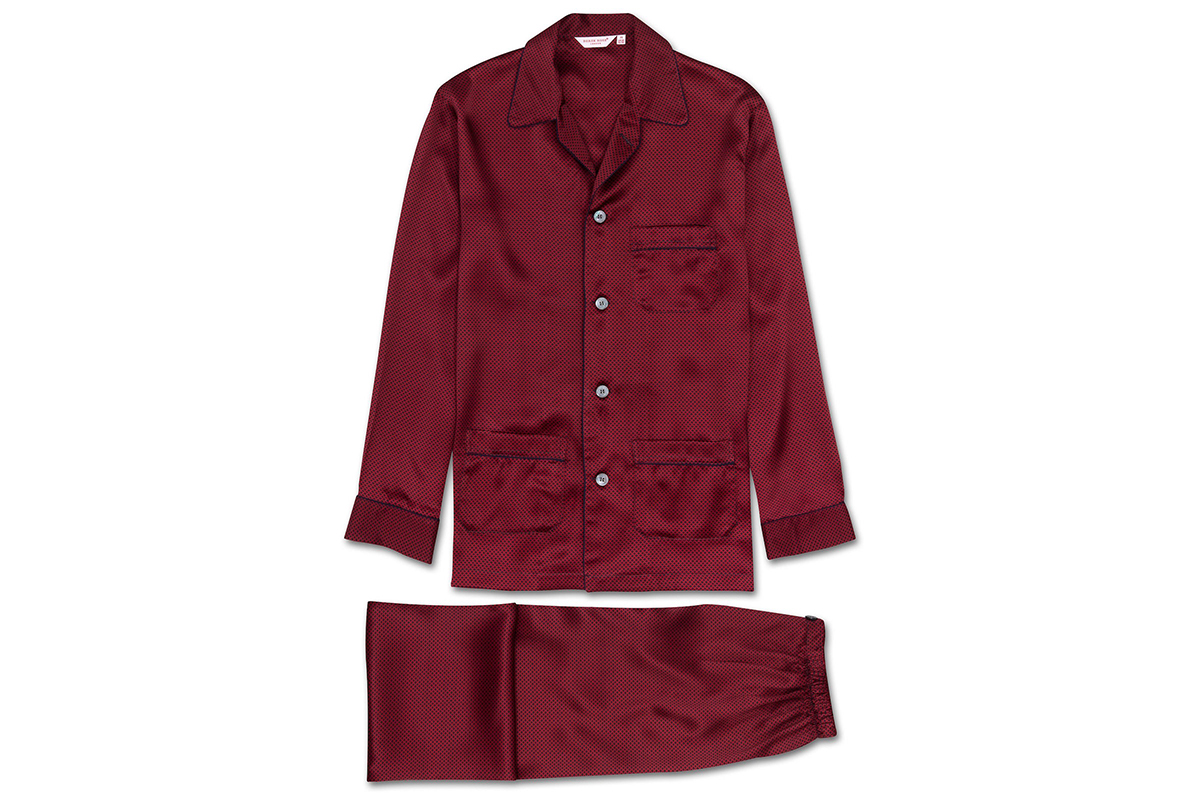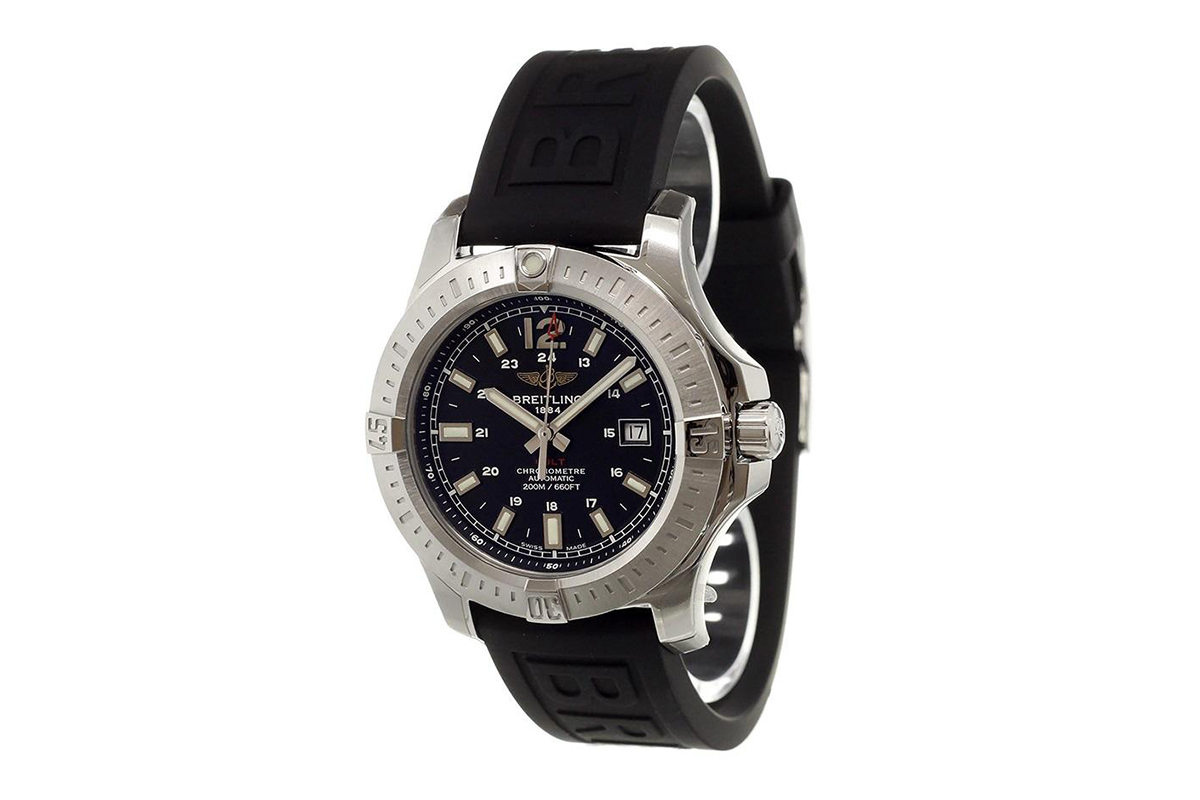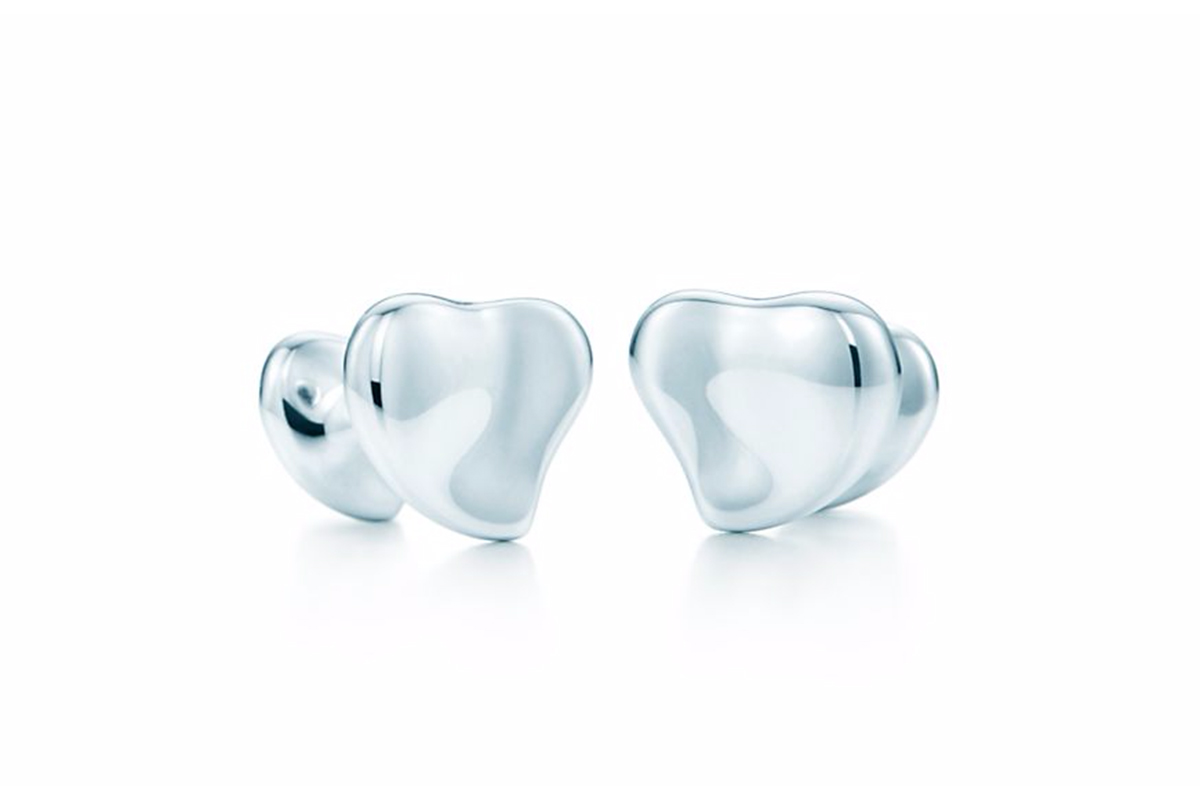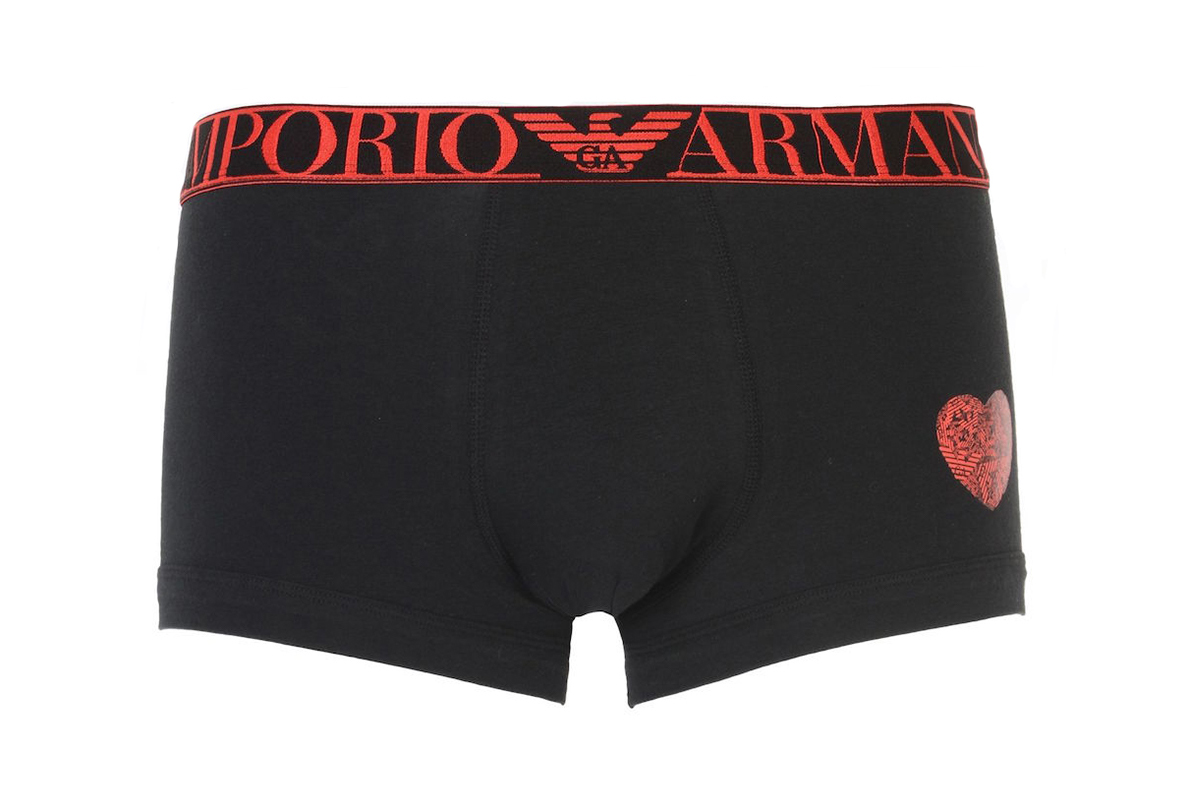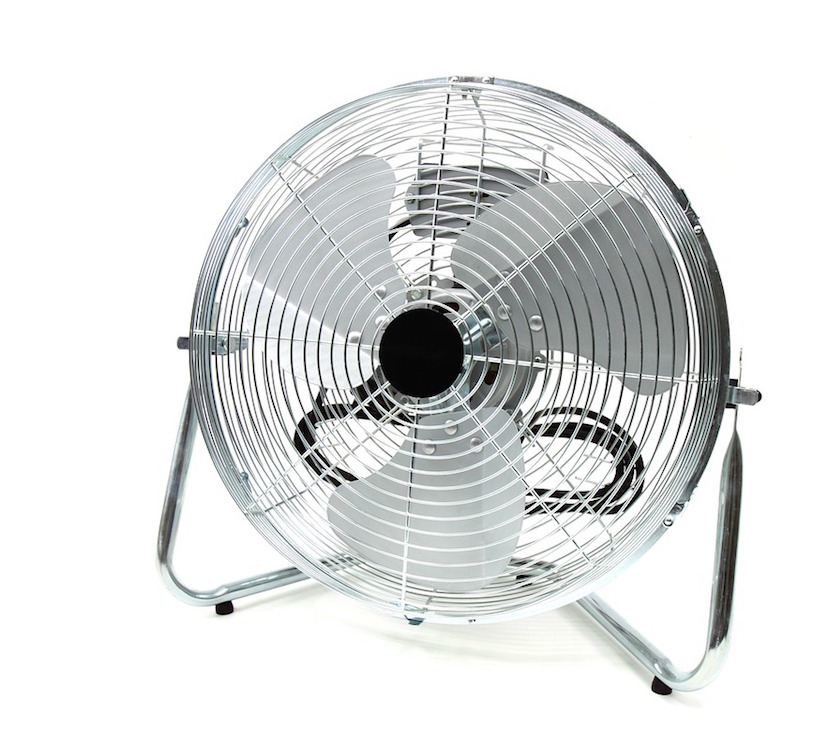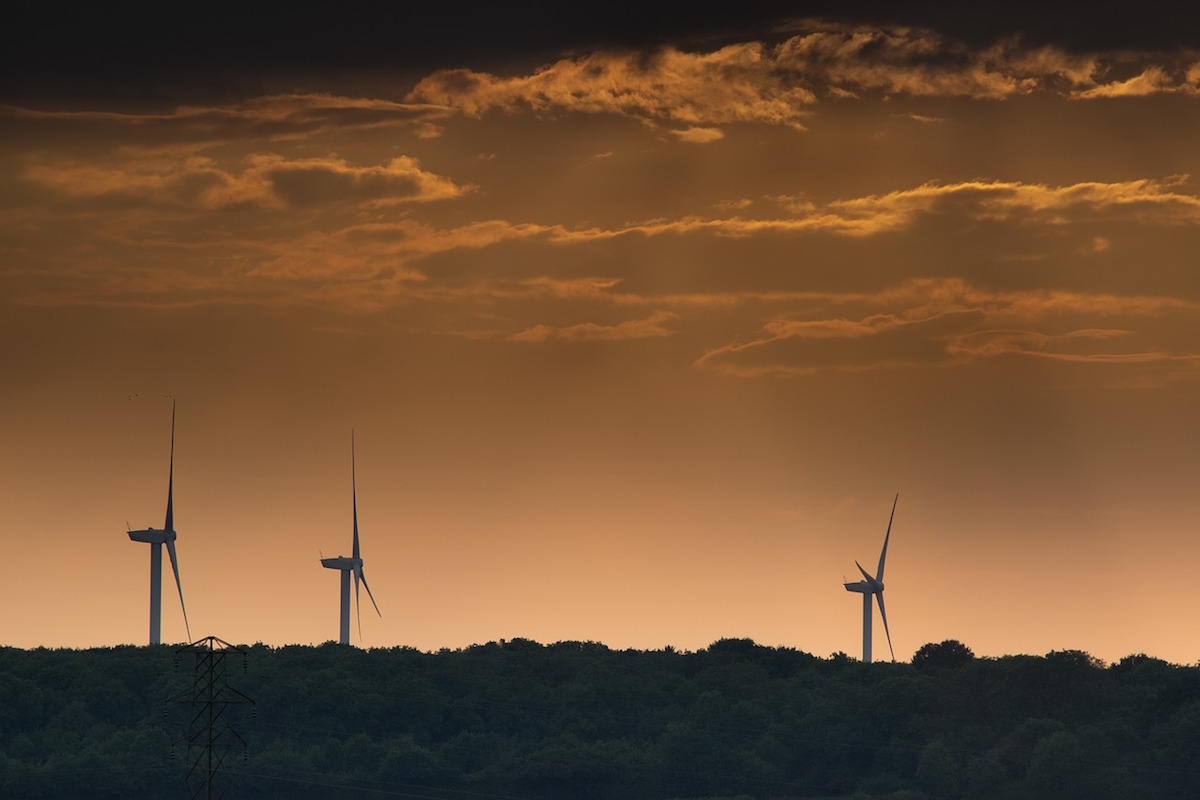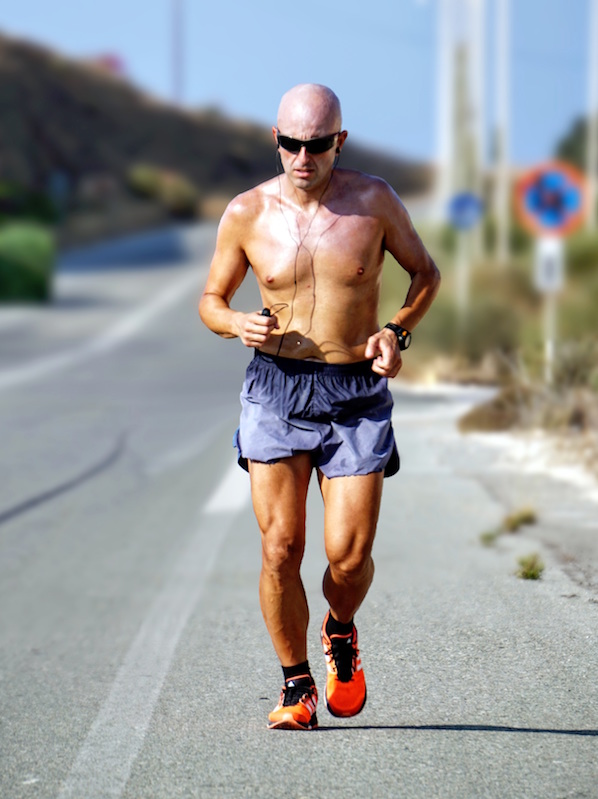Head upside down, arms wobbling, and sweat trickling down my neck; it’s not exactly how I pictured my first morning on holiday in Thailand. Though, happily, there’s no office to scurry off to afterwards, just a few days enjoying a health and wellbeing holiday with a generous dose of indulgence. I’m here to experience COMO’s Thai properties, Point Yamu and Metropolitan Bangkok. The two are distinctly different yet promise contemporary Thai luxury, signature Shambhala wellness and spa treatments, as well as award-winning dining.
Post yoga, it’s time for a healthy breakfast at COMO Metropolitan Bangkok’s Glow restaurant. The menu is fresh and light and focuses on nutritious dishes with wholesome food and local, organic produce. Of course, if a green juice just won’t cut it, eggs Benedict is possible too. It’s all about balance, right? In fact, COMO Shambhala — the COMO Group’s wellness concept — has the pursuit of balance at its core and aims to promote healthy living, learning and eating. While wellness holidays with strict routines and menus may appeal to some, a relaxing holiday, for me anyway, is free from routine, responsibility and guilt.
![The entrance and part of the pool at COMO Metropolitan Bangkok]()
The entrance and part of the pool at COMO Metropolitan Bangkok
As our round table begins to fill with plate upon plate, the waitress explains each colourful, aromatic dish, encouraging us to “eat with your heart.”
The COMO Metropolitan Bangkok itself is a chic oasis with generous-sized rooms over 11 floors, located in the business district on South Sathorn Road with high-end shopping malls, rooftop bars and Lumpini Park at its doorstep. Its elegant interiors feature a masculine palette of dark browns and white, with grand, high ceilings. The rooms are suited to both the business traveller (be sure to make use of the hotel’s personal butler services) or holidaymaker, with windows framing the city’s skyscrapers and a big, timber meditation chair. The Penthouse Suites and COMO Suite are sophisticated and pared-back spaces, filled with light; they also have their own entry via a private lift and foyer. Throughout this urban retreat, careful attention to detail adds to the feeling of luxury: attentive staff are dressed in Comme des Garçons, there are individual pieces of Asian antique furniture, and one-off artworks by local Thai artist Natee Utarit are dotted throughout the rooms.
![The opulent bathrooms in COMO Point Yamu’s suites impress.]()
The opulent bathrooms in COMO Point Yamu’s suites impress.
Guest wellbeing comes courtesy of the yoga classes I was profusely sweating in earlier. Held in the COMO Shambhala Urban Escape, it’s here that you can also work out in the gym, swim laps in the pool, or enjoy Asian-inspired holistic therapies. On the hotel’s ground floor is the outdoor swimming pool, a welcome respite of cool, blue water from the bustling and beeping of Bangkok’s chaotic streets.
Adjoining the pool area is the famed Nahm restaurant, with Australian chef David Thompson at the helm. Named as one of ‘The World’s 50 Best Restaurants’, I’m more than excited when Executive Chef Chris Miller stops by the breakfast table to share his advice on what to do around Bangkok and insists we dine at Nahm for lunch.
The headlining hotel restaurant is a key element of COMO Metropolitan Bangkok’s experience. As our round table begins to fill with plate upon plate, the waitress explains each colourful, aromatic dish, encouraging us to “eat with your heart.” We laugh as almost every dish comes with the forewarning of chilli, though thankfully the spiciness of the food doesn’t overpower the beautiful balance of flavours. A sweet-and-sour pineapple and sticky garlic amuse-bouche is followed by a line-up of dishes that show off David’s research-driven culinary masterpieces.
![Nahm restaurant’s inviting interior.]()
Nahm restaurant’s inviting interior.
A creamy coconut-and-turmeric crab curry is the first to be devoured, and a salty cured pork dish is moreish. Delicious rose apple features in the salads, which are laden with spices, herbs and Asian greens — the meat practically melts in your mouth — and khanom chin (fresh rice noodles) are made on site. A delicious medley of soupy shaved ice with salak fruit, mangosteen and tiny crunches of fried shallots is served for dessert — it’s cool, sweet and full of incredible flavour for what looks like a bowl of crushed ice and water.
After a 90-minute flight to Phuket and a 25-minute drive, we arrive at COMO Point Yamu just after sundown. We’re greeted in traditional Thai fashion, a palms together Sawadee by a group of smiling staff. Arriving to a scene of glowing lighting, friendly faces and heat-alleviating refreshments is the kind of welcome that leaves a lasting impression.
Revered Italian designer Paola Navone has drawn on elements of local Thai culture for the resort’s design. It’s sleek, with vast open spaces and high ceilings that are vibrant and characterful thanks to Paola’s elaborate details. The lobby features a stack of carved wooden tables in a decorative altar adorned with bowls of flowers, statues and a gong that pays homage to the traditional Thai home. This sense of homeliness extends to the large white lounges and casual throw cushions.
![Smoked fish curry with prawns from award-winning chef David Thompson at Nahm.]()
Smoked fish curry with prawns from award-winning chef David Thompson at Nahm.
The airy space has a water feature and opens to the east and west, making the most of the resort’s position on the tip of Cape Yamu, almost completely surrounded by ocean. Round timber columns are painted a vibrant saffron colour to match the hue of Thai Buddhist monk robes, and large, white woven pendant lamps mimic local fishermen’s nets.
Waking up someplace new is always exciting. The Bay Suite I’m in is spacious and bright, all white and vibrant turquoise, with textured white walls and thickly woven bedheads as well as a dining table, walk-in robe, and bathroom almost the same size as the suite. Black-and-white striped day beds beckon from the balcony. All rooms front the ocean, whether it’s Yamu Bay and the Andaman Sea or my view, the milky-blue expanse of UNESCO-protected Phang Nga Bay. The humid atmosphere creates a never-ending expanse of white, which reflects into the water so the soaring iconic limestone karsts can just faintly be seen on the horizon and the blackened silhouettes of wooden traditional boats appear to hover in the glassy brightness. All this whiteness makes the surrounding green vegetation pop, and it’s a dreamy tropical scene.
Fast facts: Nahm is currently number 37 in ‘The World’s 50 Best Restaurants’.
Aside from the 79 rooms and suites, Point Yamu also has one-, two- and three-bedroom private pool villas, all with sea views and beautiful outdoor terraces. They each come with the options of a butler and private chef service. Daily activities like kickboxing, Pilates and yoga are on offer, as well as those that capture the Thai holiday vibe, such as snorkelling, cultural excursions and day trips to nearby islands. Many of the activities are complimentary, a part of COMO’s active approach to wellness.
![The private plunge pool from a COMO Point Yamu villa offers the perfect sunset vantage point.]()
The private plunge pool from a COMO Point Yamu villa offers the perfect sunset vantage point.
There’s exploring to be done. The newly opened COMO Beach Club is a private stretch of white sand on an island about 30 minutes by boat from the resort.
Before the heat of the day sets in, we decide on an early morning bike ride around Yamu village. Kitted out with helmets, water bottles and mountain bikes, we’re given a quick run-down of the gears before whizzing down the windy roads from the point. We cycle past fruit plantations and little shops selling fresh coconuts to a nearby beach where local children run out to wave, wide-eyed and curious.
Breakfast back at the resort is a buffet laid out long over the bar in the poolside La Sirena restaurant. We select food from the vast spread — which includes a variety of international breakfast styles, healthy juices, and even wheatgrass shots — and order à la carte from the energising COMO Shambhala menu while bread is hand-toasted at our request.
![Paola Navone’s incredible design includes saffron-hued posts to mimic the colour of Thai Buddhist monks’ robes.]()
Paola Navone’s incredible design includes saffron-hued posts to mimic the colour of Thai Buddhist monks’ robes.
After breakfast there’s exploring to be done. The newly opened COMO Beach Club is a private stretch of white sand on an island about 30 minutes by boat from the resort.Arriving at the little slice of paradise, staff are on hand with cool towels and ice water as we settle in to relax, with sun lounges and umbrellas lining the pool and the beach. There are 13 thatched-roof salas with day beds and balconies peeking out from the hillside. Surrounded by palm trees and tropical gardens, the comfortable huts offer respite from the heat. Up the garden path are COMO Shambhala spa treatment rooms — you could spend all day here swimming, eating, being pampered or getting active with paddle boarding, windsurfing and kayaking available. Boat trips to the Beach Club aim to operate daily, but timing and duration is at the mercy of weather and tides, of course.
After a colourful sunset enjoyed beside the 100-metre infinity pool, we prepare for dinner. COMO Point Yamu has two restaurants: Italian-inspired La Sirena and Nahmyaa with its modern twist on southern Thai-style food. Red, orange and glimmers of gold dominate Nahmyaa restaurant, which has an incredible goldfish mosaic covering an entire wall and fishbowl-esque glass bauble lighting. I sip a Saw Sam Sai cocktail (coconut cream and chilli-infused gin, foamed with lemon, lime, sugar and egg white and spices) and pore over the dinner menu. The sophisticated take on local cuisine is brilliant. There are coconut wafers with duck, basil and peanuts and a richly flavoured blue crab in a bright-yellow coconut curry. The cinnamon is lovely in the Wagyu beef soup, and wads of fresh herbs and Asian greens and little swirled pods of noodles are brought out to have with our dishes.
The next day I venture to the COMO Shambhala Retreat. Designed to be a sensual experience, the black pebbled stone floor massages my feet, and a soothing light-blue colour dominates the two levels of the retreat while the signature Shambhala scent — a blend of eucalyptus, geranium, lavender and peppermint — permeates the air.
![The place for pampering: a treatment room at COMO Shambhala Retreat, Point Yamu.]()
The place for pampering: a treatment room at COMO Shambhala Retreat, Point Yamu.
I book in for a Lanna Heritage Full Body Compress. This traditional treatment involves the entire body being firmly pressed with hot boluses of healing aromatic herbs and spices and promises to leave me feeling rejuvenated and restored. The treatment is 90 minutes of bliss, and I’m not sure I’ve ever felt so relaxed. Afterwards, wrapped in a soft white robe, I float outside in a state of Zen and head straight to the retreat’s pool, on a deck that overlooks the main resort pool and out over Phang Nga Bay. Nestled in a cocoon-like day bed, I sip on sweet honey and ginger tea and drink in the view.
My friend never quite emerges from within the calming retreat and later reports her treatment was so good she stayed on for back-to-back hours of pure indulgence. Guests can also luxuriate in Shambhala’s blue-tiled steam room, pool, sauna or yoga studios, some of which have enormous windows overlooking the Andaman Sea and green, hilly landscape.
I decide I’m too relaxed to join the Thai kickboxing class I’d picked out for the afternoon and feel a pang of guilt, but then I switch my thinking to ‘holiday’, remember it’s all about balance, and make plans for sunset cocktails instead.
Fact file
Get there:
Bangkok, Thailand, is well serviced by a number of international airlines. Phuket International Airport is served by flights direct from Europe, the Middle East, Asia and Australia as well as plenty of domestic connections to Bangkok. Phuket to Point Yamu is 25 minutes by car.
Where to stay:
COMO Point Yamu, Phuket: comohotels.com/pointyamu
COMO Metropolitan Bangkok: comohotels.com/metropolitanbangkok
More information:
Phuket’s weather varies between pleasantly warm and tropically hot. The rainy season is May to October, though it rarely rains all day. The dry season is November to April.









































































